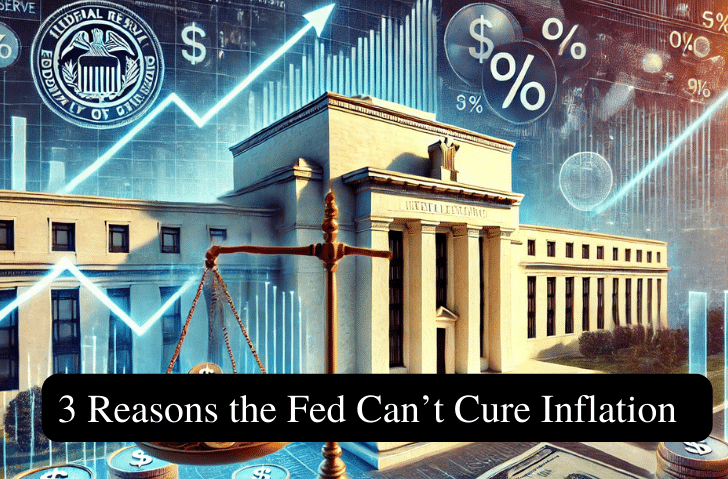Inflation is a complex economic phenomenon, often simplified as a general increase in the prices of goods and services over time. It is commonly believed that the Federal Reserve, or ‘the Fed’, has the tools to cure inflation. However, upon closer examination, one might discover that the methods used by the Fed to manage inflation can sometimes exacerbate the issue instead.
Reason 1: The Dilemma of Increasing Credit Costs
Businesses are the engine of our economy. They provide goods, services, and jobs that make our economic world go round. But to do this, businesses often rely on credit or borrowed money to finance their operations, from purchasing equipment to expanding their services.
The Fed’s traditional approach to curb inflation is to increase interest rates, making borrowing money more expensive. However, higher interest costs can lead to businesses increasing their prices to cover these extra expenses. The intended solution, in this case, can contribute to the problem—it can drive inflation instead of curbing it.
Reason 2: The Impact of Government Spending and Money Supply
Government fiscal policy, including spending and how it manages money supply, plays a substantial role in inflation. Excessive government spending, often financed by creating more money, can lead to an oversupply of money in the economy.
When there’s more money circulating than goods and services available, prices inevitably rise—that’s inflation. Unfortunately, this type of inflation is self-propelling. As the government prints more money to finance its spending, it creates an inflationary cycle that’s challenging to break.
Reason 3: The Unintended Consequences of Subsidies and Regulations
Government intervention in the form of subsidies and regulations is often well-intentioned, aimed at correcting market imbalances or protecting certain sectors. However, these interventions can sometimes create more problems than they solve.
Subsidies can distort market prices, leading to overproduction in some sectors and underproduction in others. This distortion can lead to imbalances that fuel inflation. Regulations, on the other hand, can increase the cost of doing business, leading to higher prices for consumers. The intended ‘fix’ can become a ‘fumble,’ contributing to the very inflation it aims to combat.
Inflation is a multi-faceted issue with numerous contributing factors. While the Federal Reserve plays a crucial role in managing inflation, its actions, combined with government spending, money supply management, and intervention, can sometimes exacerbate the problem. Understanding these dynamics is key to navigating the economic landscape and making informed decisions.
Have questions about all this may affect your retirement? Remember, though, that everyone’s situation is unique, and what works best will depend on individual circumstances. Contact me when planning for retirement, it’s always a good idea to consult with a financial advisor or tax professional to ensure that you’re making the best decisions for your future.

